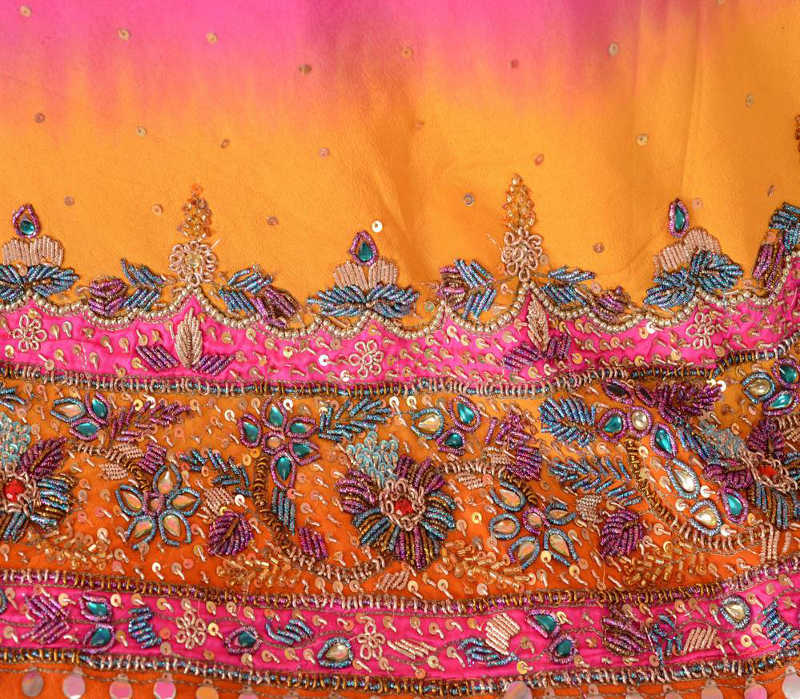===
0263,
1
===

=== |
 |
;xaal : 'A black mole on the face (regarded as ornamental); a spot, patch (natural); an artificial spot (made of kaajal , &c., for ornament, or to ward off the effects of the malignant eye)'. (Platts p.485)
thaa;Ng : 'lit. 'The exact spot or place' (of a thing lost or sought); a den of thieves: trace of stolen property; trace, track, clue, information; —stolen property'. (Platts p.346)
lipa;Tnaa : 'To cling (to), adhere (to); to twine or coil (round, -me;N ); to mix (with), unite (with); to harmonize (with); to stick close (to) ..., to follow, pursue; ... —to be embraced; to be wrapped or folded (in), to be encased; to be enclosed, be encased (in); to be rolled up (or made) into a ball; to be involved; to be implicated (in)'. (Platts p.950)
hand : 'Way, road, manner, law, custom, usage'. (Steingass p.1513)
daa;Ng : 'A small denomination of money ...; side or quarter (of a town); a side'. Platts p.503)
FWP:
SETS
MOTIFS == [BELOVED IS A BOY]
NAMES
TERMS == AFFINITY; FRESH WORD; HUMORThe down on the beautiful boy's cheek is the thicket, behind which the black mole (i.e., the highway robber) hides in his den, waiting for victims. By now, the road-- apparently hand has been taken as feminine in Urdu-- is surrounded with thickets in every direction, so that the hapless traveller has no chance of escape.
And of course, the verse may also tease the boy about the way his beard is growing in; in the ghazal world, this marks the end of his attractiveness as a beloved.
The verse also deserves credit, as SRF notes, for several 'fresh words' that rarely appear in the ghazal world.
I thank Zahra Sabri for giving me (July 2014) a push in the right interpretive direction, on this one.